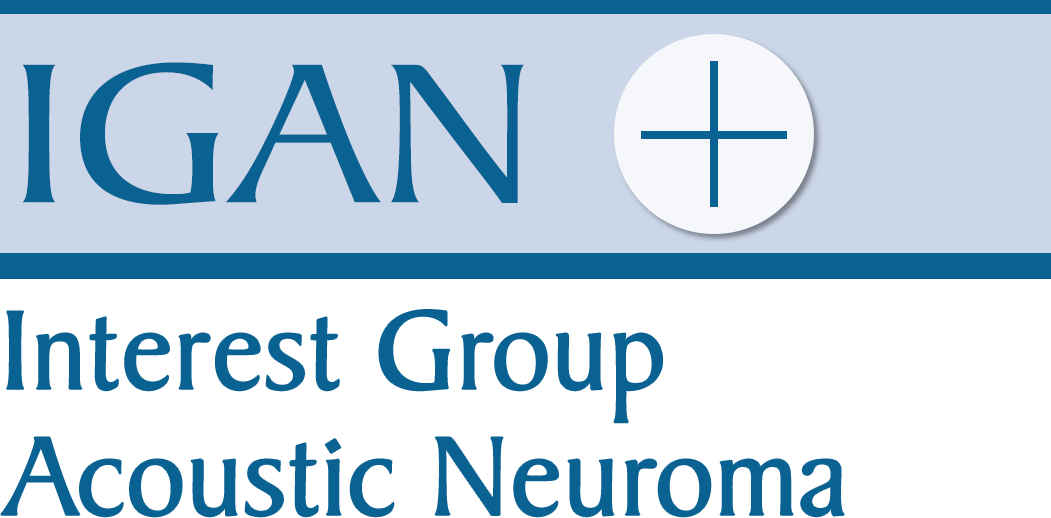Diagnosis of acoustic neuroma: Balance Organ
Review of the sense of balance with balance disorders
Similarly here, first of all obvious and frequent presumable causes, such as extreme blood pressure readings, physical exhaustion, and inflammations in the middle and inner ear need to be checked and ruled out. Of the countless possible balance tests, here only a few are mentioned.
Nystagmus test
... by means of a calorimetry:
By rinsing the outer ear canal with warm water, the balance organ is provoked, which triggers a reflex in the eye muscles – the eye jerks horizontally. If this reflex is absent or fails to be symmetrical, this indicates a disorder in the balance organ. The eye movements are observed via the so-called Frenzel glasses.
... by means of a swinging swivel chair:
The patient sits on a swivel chair that is rotating, and opens and closes alternate eyes whilst turning and after the chair is stopped. Similarly the eye reflexes are registered, this time via small sensors attached near the eyes.
Stepping tests and blind walk:
The patient stands on the spot with outstretched arms with open and closed eyes. At the same time, the deviation of the centre of the head from the starting position shall be recorded by a camera placed over the head. During this test the patient wears a cap with small lamps.

Standing test:
The patient stands (with secured straps) on a free-moving, small disk and has to keep their balance whilst upright. For this he/she exercises shifting pressure with parts of the foot on the disk. This «print» provides conclusions on the degree of damage to the balance organ.
